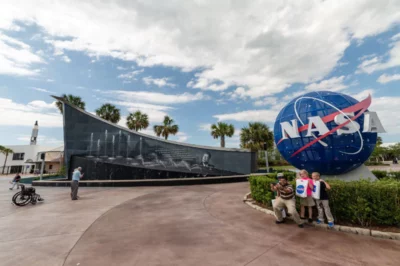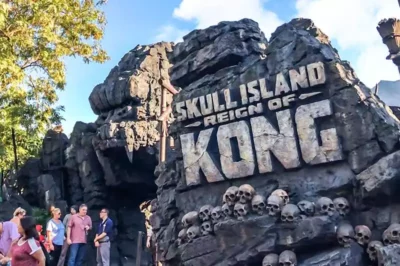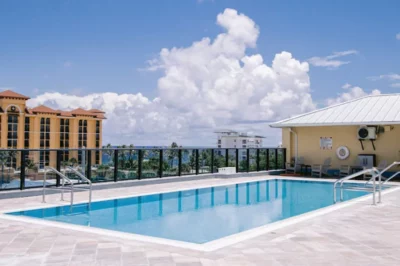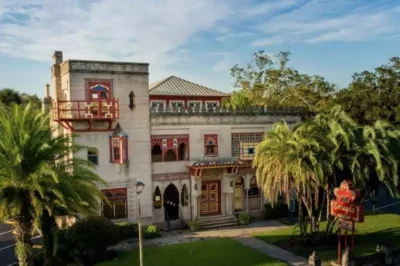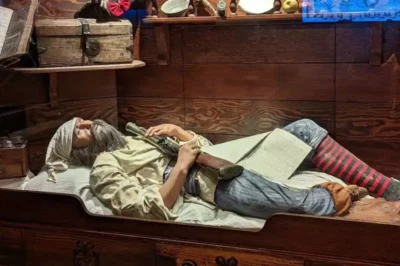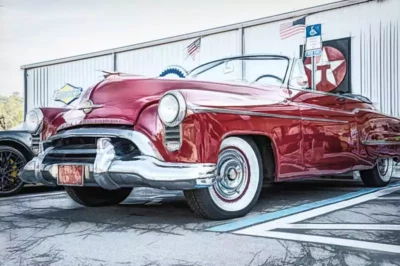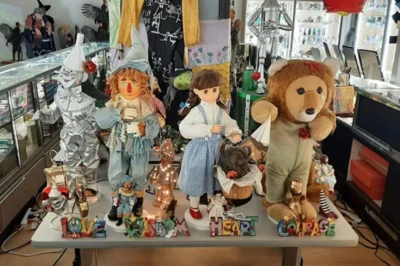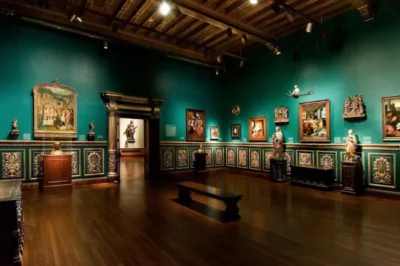Spanish Military Hospital Museum: St. Augustine’s Healthcare
Among the many historical jewels of St. Augustine, the Spanish Military Hospital Museum stands out as a unique testament to the city’s past. This captivating museum transports visitors back to the Spanish colonial era, offering a rare glimpse into the medical practices of a bygone time.
Housed in a meticulously recreated building, the Spanish Military Hospital Museum serves as a bridge between modern-day medicine and the healing arts of the 18th and early 19th centuries. It invites curious minds to explore the fascinating world of colonial medicine and uncover the stories of those who once walked its halls.
Spanish Military Hospital Museum History
Delving into the annals of history, the Spanish Military Hospital Museum has its roots in St. Augustine’s Spanish colonial period.
The original Spanish Military Hospital was a vital institution that served the Spanish soldiers, settlers, and Native Americans residing in the region from 1784 to 1821. During this time, Florida was under Spanish rule, and the hospital played a pivotal role in providing healthcare to the inhabitants of St. Augustine.
The original hospital was a complex of three wooden buildings, each dedicated to a different aspect of medical care. It provided treatment and care for patients with various ailments, offering surgical services, a ward for the sick, and an apothecary that housed essential medicines and remedies of the time.
In the early 19th century, the hospital faced its demise when Spain ceded Florida to the United States in 1821. The buildings eventually fell into disrepair and were lost to time. However, the intriguing history and the significance of the hospital in the story of St. Augustine did not fade from memory.
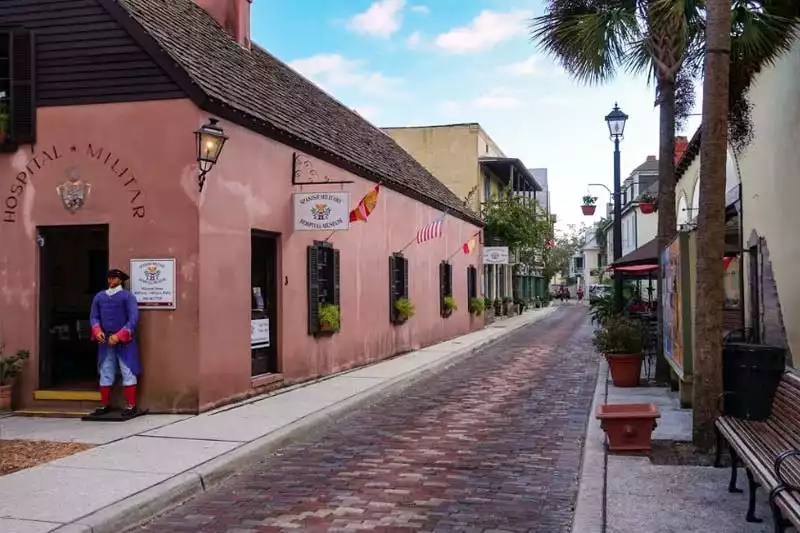
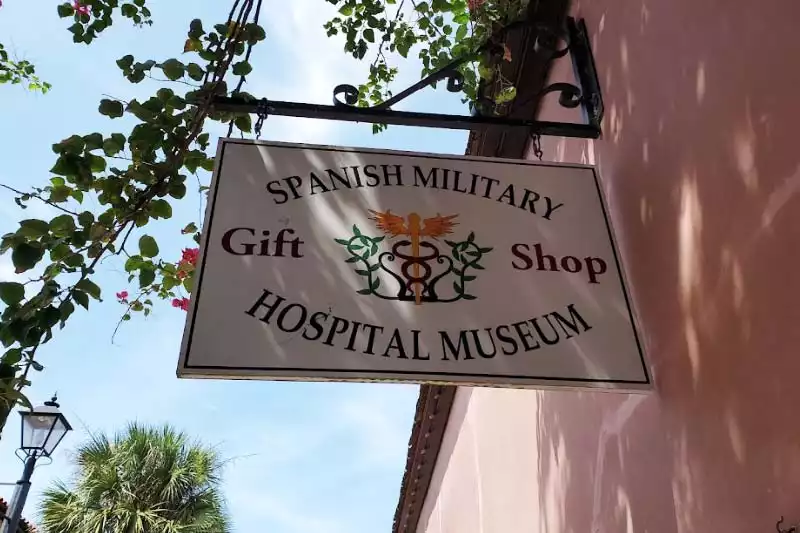
In the 20th century, dedicated historians and preservationists recognized the importance of the Spanish Military Hospital in understanding the city’s past. With a commitment to preserving this vital piece of history, the Spanish Military Hospital Museum was born. The museum is a faithful replica of the original hospital, built on the exact location where it once stood.
Today, the Spanish Military Hospital Museum offers a captivating window into the world of colonial medicine. Its immersive exhibits and passionate guides transport visitors back in time, allowing them to experience the unique blend of European and indigenous medical practices that flourished in St. Augustine centuries ago.
The Museum’s Collections and Exhibits
The Spanish Military Hospital Museum invites visitors on a fascinating journey through history with its meticulously curated collections and exhibits. Each aspect of the museum has been thoughtfully designed to immerse guests in the world of 18th and early 19th-century medicine.
Reconstructed Rooms and Spaces
- Apothecary’s Office: The heart of the hospital, the Apothecary’s Office, was where the resident apothecary prepared and stored various medicinal concoctions. The exhibit showcases an extensive collection of period-authentic containers, such as ceramic jars and glass bottles, which once held essential remedies and ingredients.
- Wardroom: The Wardroom recreates the atmosphere of the original hospital ward, where patients rested and recuperated. With its authentic furnishings, including wooden beds and period linens, visitors can imagine the daily life and struggles of the hospital’s patients.
- Surgery room: The Surgery room showcases a vast array of surgical instruments used by the hospital’s physicians. From trepanning tools to amputation saws, the exhibit offers a vivid reminder of the medical challenges and breakthroughs of the era.
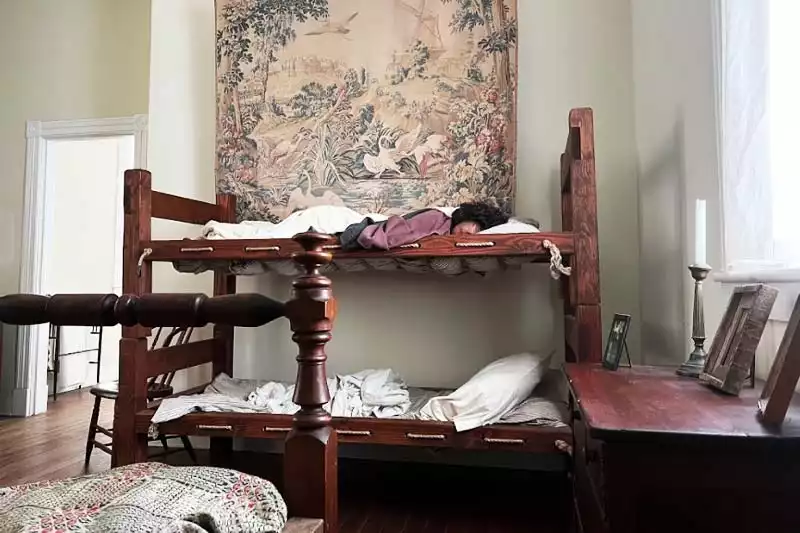
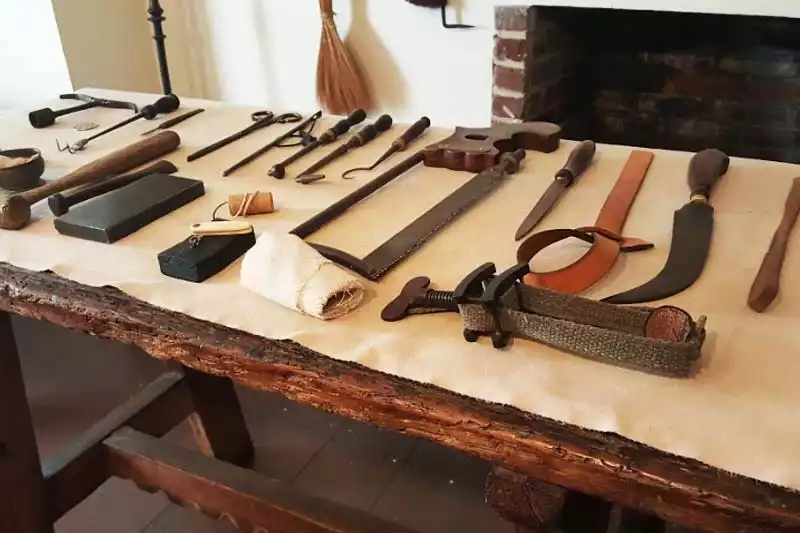
Medical Tools and Equipment
- Surgical instruments: The museum boasts an impressive collection of antique surgical instruments, giving visitors a unique insight into the medical procedures performed at the time. These tools, which include scalpels, forceps, and cauteries, highlight the innovative spirit of the period’s medical practitioners.
- Diagnostic tools: The museum also features a variety of diagnostic tools used in the colonial era, such as stethoscopes, thermometers, and bloodletting devices. These exhibits reveal the evolution of medical technology and the methods physicians used to diagnose and treat patients.
- Medicine jars and containers: The authentic medicine jars and containers displayed throughout the museum provide a fascinating look at how medicinal substances were stored and preserved. Beautifully crafted, these jars and bottles give a sense of the artistry and skill that went into their creation.
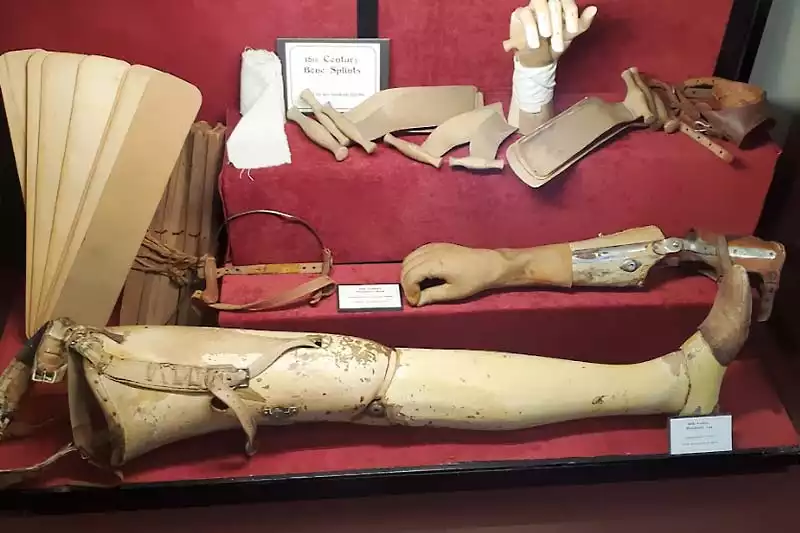
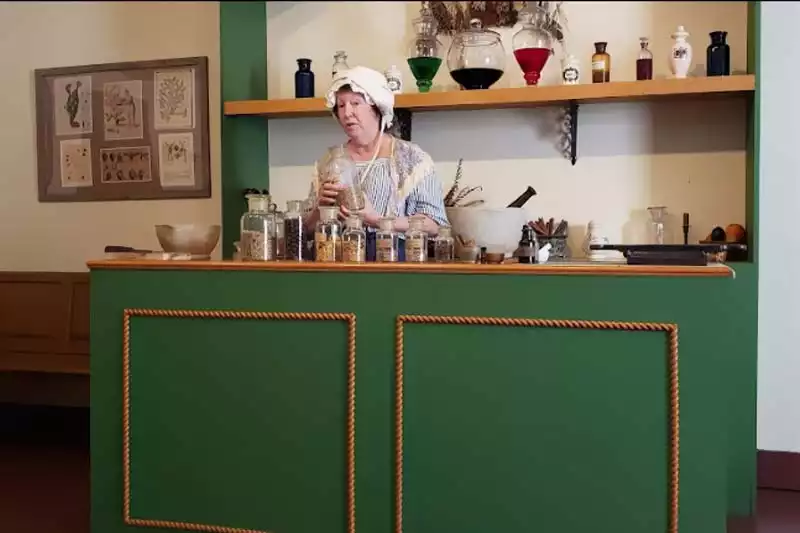
Period-authentic Medicinal Plants and Remedies
- Medicinal garden: The museum’s medicinal garden is a living exhibit, showcasing a variety of plants and herbs used in traditional remedies during the colonial period. Visitors can explore the garden and learn about the healing properties of these plants, many of which are still used in modern herbal medicine.
- Indigenous and imported plants: The medicinal garden features a mix of indigenous and imported plants, reflecting the unique blend of cultures present in St. Augustine during the Spanish colonial era. This diverse collection of flora allows visitors to understand how the medical practices of the time were influenced by both European and Native American knowledge.
- Ancient healing techniques: The museum offers insights into ancient healing techniques used by colonial physicians, including the use of poultices, tinctures, and infusions. These exhibits provide a fascinating look at how medical practitioners of the time combined their knowledge of traditional and modern medicine to treat their patients.
How to Get to Spanish Military Hospital Museum
The Spanish Military Hospital Museum is conveniently located in the heart of historic St. Augustine, Florida, making it easily accessible for visitors.
Address: The Spanish Military Hospital Museum is located at 3 Aviles Street, St. Augustine, FL 32084
By Car: St. Augustine is about 40 miles south of Jacksonville and 50 miles north of Daytona Beach along the northeastern coast of Florida. If you’re driving to the city, you can take Interstate 95 and then exit onto State Road 207 (Exit 311) eastbound towards St. Augustine.
Once you reach the historic downtown area, you can find street parking or use one of the several public parking lots and garages nearby. Keep in mind that the streets in the historic district can be narrow and busy, so be prepared for limited parking availability during peak hours and weekends.
By Public Transportation: If you’re staying in St. Augustine and prefer to use public transportation, the Sunshine Bus Company operates a trolley service called the “Red Train” that stops at several points of interest in the city, including the Spanish Military Hospital Museum. You can hop on and off the trolley at your leisure, making it a convenient way to explore the historic district.
On Foot: The Spanish Military Hospital Museum is situated within walking distance from many other attractions in the historic district. If you’re already exploring the area, you can easily walk to the museum by following the charming, pedestrian-friendly streets of St. Augustine.
The museum is just a short walk from the iconic Castillo de San Marcos and St. George Street, which is a popular pedestrian-only thoroughfare filled with shops, restaurants, and other attractions.
Conclusion
The Spanish Military Hospital Museum offers a unique and immersive experience that takes visitors on a journey through history, exploring the world of colonial medicine. It is a must-visit attraction for history buffs, curious travelers, and anyone looking to delve deeper into the rich tapestry of St. Augustine’s past.
